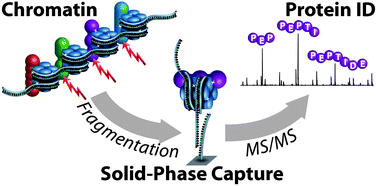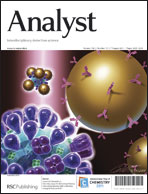To understand the whole, you must know the parts: unraveling the roles of protein–DNA interactions in genome regulation†
Abstract
The regulation of gene transcription is fundamental to the existence of complex multicellular organisms such as humans. This process dictates which genes are expressed in which tissues, and controls how various cell types grow, differentiate, and respond to their environments. Although the deciphering of the human genome sequence has given us the “source code” for life, we still know far too little about the mechanisms that control which sets of genes are active in which tissues, and how their expression is regulated. It is clear, however, that much of this system depends upon the sequence-specific interactions of regulatory

- This article is part of the themed collection: Grand Challenges in analytical chemistry

 Please wait while we load your content...
Please wait while we load your content...